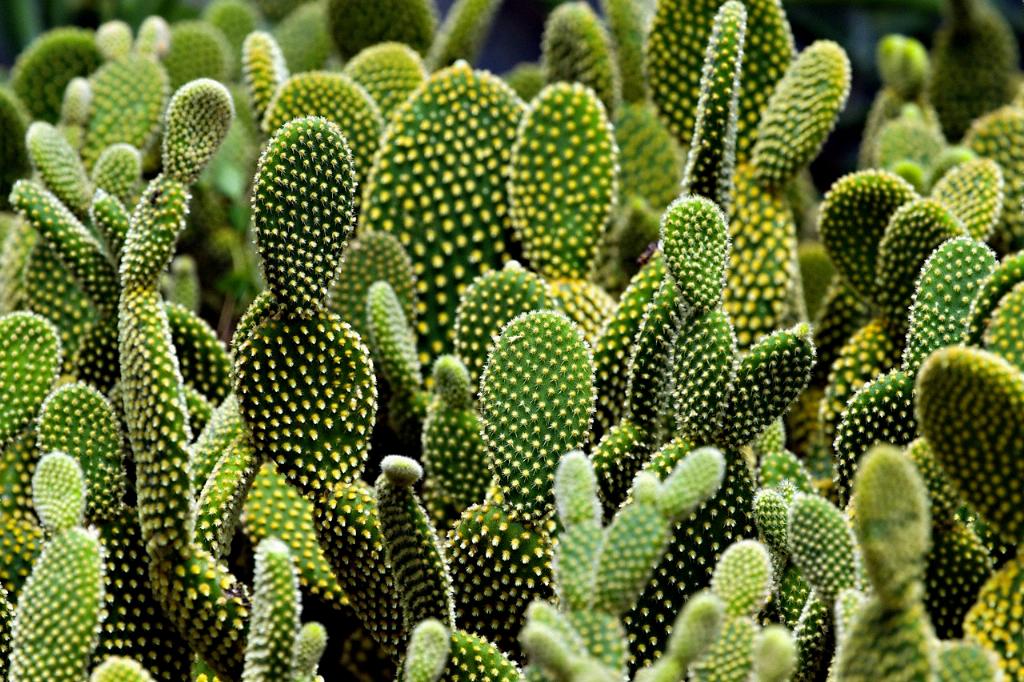When delving into the intriguing world of the Saguaro cactus, one cannot overlook the fascinating process by which these majestic plants reproduce. Unlike some other plant species, the Saguaro cactus engages in sexual reproduction, necessitating the presence of both a male and female plant to create offspring.
One of the distinctive features of the Saguaro cactus reproduction cycle is the timing of its floral bloom. The flowers of this iconic cactus species unfurl under the cover of darkness, with their petals opening up amidst the cool night air. This nighttime blooming strategy serves a crucial purpose in the reproduction of the Saguaro cactus.
Interestingly, the Saguaro cactus has evolved a symbiotic relationship with nocturnal creatures such as bats and moths to aid in its pollination process. These creatures, active during the nighttime hours, play a key role in transferring pollen from the male reproductive organs of one Saguaro cactus to the female reproductive organs of another, facilitating the fertilization process.
Once the flowers of the Saguaro cactus have been successfully pollinated, a remarkable transformation occurs as they begin to develop into fruits. These fruits, reflective of the cactus’s vibrant ecosystem, encompass the seeds vital for the propagation of future generations of Saguaro cacti.
As the fruits mature, they gradually ripen, eventually reaching a stage where they are ready to release the seeds contained within. This pivotal moment marks the culmination of the cactus’s reproductive journey, setting the stage for the dispersal of its genetic material into the surrounding environment.
The dispersal of Saguaro cactus seeds is a pivotal aspect of its reproductive strategy, allowing for the potential colonization of new territories and the perpetuation of the species. Whether carried by the wind, dispersed by animals, or deposited through other means, the seeds hold the promise of new life, embodying the resilience and adaptability of the Saguaro cactus.
Upon finding suitable conditions for germination, the Saguaro cactus seeds take root in the arid desert soil, embarking on a journey of growth and development. This initial stage of the cactus’s life cycle is crucial, as it lays the foundation for the establishment of a new Saguaro cactus plant.
Through a combination of environmental factors, biological processes, and genetic predispositions, the Saguaro cactus seedling gradually begins to mature, evolving into a fully-fledged cactus over time. This growth trajectory, characterized by resilience and persistence, mirrors the tenacity exhibited by the Saguaro cactus throughout its reproductive journey.
As the newly-formed Saguaro cactus plant emerges into the harsh desert landscape, it becomes an integral part of the intricate ecosystem that sustains it. Through its unique reproductive strategy and adaptive traits, the Saguaro cactus exemplifies the remarkable interconnectedness between plants, animals, and the environment.
In conclusion, the reproduction process of the Saguaro cactus is a testament to the ingenuity of nature, showcasing the intricate mechanisms by which plants ensure their survival and propagation. From the secretive nighttime blooming of its flowers to the dispersal of its seeds across vast distances, the Saguaro cactus’s reproductive journey is a captivating tale of resilience, adaptation, and interdependence.

